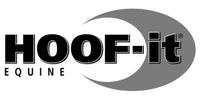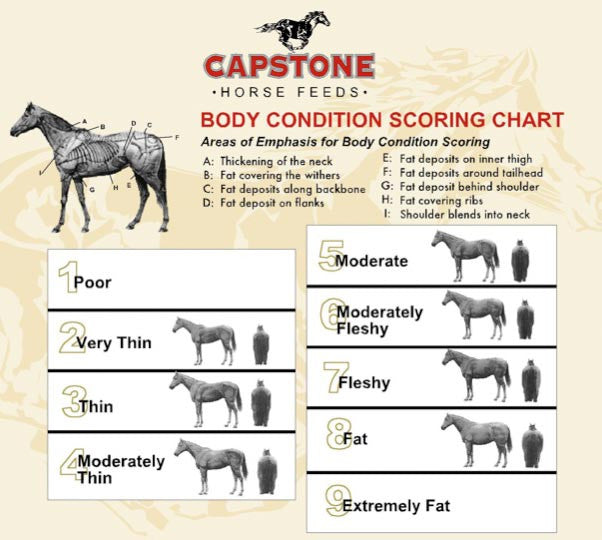Equine Nutrition
One bit of advice you might hear around the barn is if a horse isn’t in full work, its a good idea to cut back on feed. When you’re making this big decision there are several factors to consider:
Current Weight
If your horse is on the heavy side, then cutting back is a good idea. An overweight horse can develop expensive health problems that won’t occur if ideal weight is maintained during a lower activity timeframe. Some of those expensive health problems include laminitis, fat deposits in the liver (hepatic lipidosis), joint problems, equine diabetes, and Cushing’s syndrome.
“As is the case for other species, obesity appears to promote insulin resistance in horses and it is through this pathophysiological process that many of the adverse medical consequences of obesity are being characterized. Significant current interest is centered on the recognition that insulin resistance plays a role in the pathogenesis of laminitis, a potentially severe and debilitating cause of lameness in the equine species.”
“Other equine medical conditions that are more likely in obese, insulin-resistant individuals include hyperlipemia (hepatic lipidosis) and developmental orthopedic disease (osteochondrosis). Pituitary pars intermedia dysfunction (equine Cushing’s syndrome) represents another common endocrinopathic condition of older horses associated with insulin resistance.”
[Johnson, Wiedmeyer, Messer, & Ganjam. Medical implications of Obesity in Horses – Lessons for Human Obesity. Jan 2009. http://www.ncbi.nlm.nih.gov/pmc/articles/PMC2769846/]
If your horse’s weight is ideal or a bit light, you’ll want to utilize a maintenance feeding program that follows proven guidelines based on your horses’ ideal weight. The following chart will help you determine the approximate amount of feed per day for your horse:

How to figure out your horses’ weight:

Condition
Another factor in feed adjustment decisions, is the quality of your horses’ hoof and coat condition. Healthy hooves and coat condition are a good sign of balanced nutrition. If your horse falls short in this regard, it’s a good idea to involve your vet in the feed cutting or increasing decision before you run into hoof deterioration problems after the fact.
“Nutrition also plays a key role in hoof health and maintaining proper growth rate. By keeping an animal well fed with the proper nutrients such as zinc and biotin, it is much more likely that they will produce good-quality hoof horn and have stronger feet.”
[Hoof Anatomy, Care and Management in Livestock. K. Hepworth, M. Neary, S. Kenyon. Purdue University http://www.extension.purdue.edu/extmedia/id/id-321-w.pdf]
Here’s a handy feed reference chart with nutritional estimates for equine feed:


